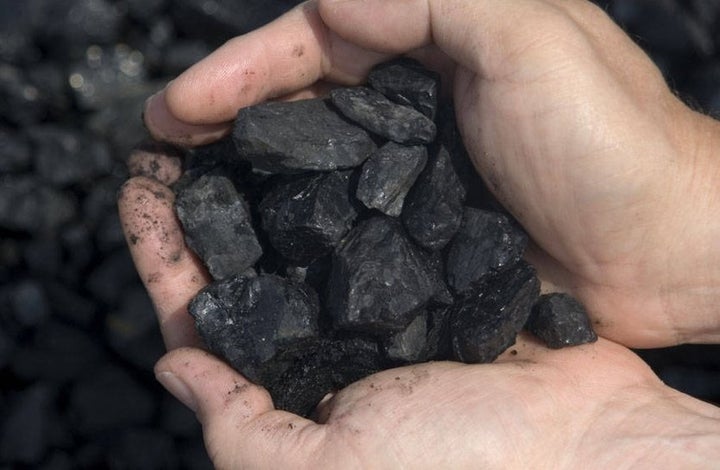
Yesterday was a wild ride on the mountaintop removal front, with many people suffering whiplash from EPA's dueling press releases. Appalachian-based environmental journalist extraordinaire, Ken Ward, Jr., offers some after action perspective in his Coal Tattoo blog this morning.
Today's Washington Post features an eloquent OpEd by NRDC's own Robert F. Kennedy, Jr. which cheers the Obama administration's decision to "take a fresh look" at mountaintop removal.
All this begs the question of how far EPA will go toward ending the scourge of mountaintop removal, which has decapitated some 500 peaks, damaged or destroyed countless streams with mining pollution and devastated communities throughout Appalachia. But first it's worth recapping where things stand at the moment in the wake of EPA's action.
The welcome news -- as illustrated by NRDC's press statement yesterday -- is that at long last the agency will be taking a hard look at the scientific evidence of harm associated with this extreme strip mining. As EPA noted in its letter to the Army Corps, these mining activities "are strongly related to downstream biological impairment. . . ." That fact makes it difficult, if not impossible, to justifiably permit these operations.
My colleague Jon Devine, a skilled attorney and Clean Water Act expert, has been following this issue closely. Based on what he told me, it's hard to imagine how any mountaintop removal mining could safeguard downstream water quality and how the coal companies can re-create the streams they obliterate. Frankly, it's laughable (not to mention offensive) to accept the Corps' premise that it's possible to actually "mitigate" the effects of mine operations -- you simply can't replace a buried headwater stream by constructing a gravel-lined drainage channel.
So, when it comes to EPA's deeper review of the proposed mountaintop mines slated for Appalachia, we say bring it on.
But EPA's renewed involvement is definitely not an end to this battle. No doubt there will be strong and continued pressure targeting more mountaintops and more streams. So we'll be keeping a close eye on how these individual cases play out in the coming months.
Let's keep in mind that EPA's action falls short in at least one crucial aspect. The agency appears to be content for now to have the Corps continue to permit, to some degree, the disposal of mine waste in streams and other surface waters. That practice, which a Bush administration rule change authorized in 2002, is fundamentally inconsistent with the principles that underlie the Clean Water Act. EPA and the Corps need to rescind the Bush waste rule.
This calls for the need to continue to press President Obama to end the policies that have made this assault possible -- which he can do by taking steps now to reverse the Bush administration's 2002 rule change authorizing the Army Corps to permit mining companies to use waterways as waste dumps. Congress can fix this, too, by passing the Clean Water Protection Act.
It's also important to note that there are a number of findings particular to the two mines singled out by the agency -- one in West Virginia, the other in Kentucky -- that are highly likely to be applicable more broadly. While the hundreds of other pending permits now under scrutiny aren't necessarily derailed, by implication EPA's action throws all mountaintop removal operations into significant doubt.
Before the dust settles on this, there likely will be more questions than answers about EPA's move on mountaintop removal -- at least for a while longer. But at least EPA is finally playing its proper role by asserting its regulatory authority over water quality protection and asking tough questions about the Corps' long and ugly history of lax permitting when it comes to mountaintop removal coal mining.
As always, you can keep up on the latest news by visiting NRDC's website: www.NoMoreMountaintopRemoval.org. Also, watch NRDC's newest video about how this mining threatens NRDC's Cumberland Biogem (below).
This post originally appeared on
This post originally appeared on NRDC's Switchboard blog.